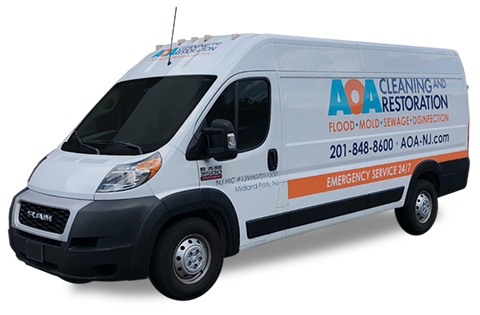Ever thought about the dangers hidden behind your walls when water gets in? Water damage can harm your home’s structure and health. It can lead to mold and structural issues, costing a lot. Water getting into walls is a big problem, caused by storms, pipe bursts, or small leaks.
Key Takeaways
- Water damage in walls can stem from various sources like floods, fires, and pipe bursts.
- Indicators include mold growth, musty odors, discoloration, and peeling paint.
- Immediate action is crucial to prevent structural damage and escalating repair costs.
- Professionals utilize specialized equipment and techniques for water removal and restoration.
- Addressing water damage quickly helps mitigate health risks associated with mold and mildew.
Signs and Causes of Water Damage in Walls
Water damage in walls can show up in many ways. Look out for beige or brown spots on walls or ceilings. Moisture can also make paint flake or peel, showing there’s a moisture problem.
Soft or warping drywall is another sign of water damage. If your water bill goes up, it might mean there’s a leak. Hearing water running when no one is using it could also mean pipes are leaking.
Musty smells or visible mold are often signs of water damage. These problems might need you to replace damaged drywall and insulation after fixing a leak. Plumbing failures are a common cause of water damage, especially when pipes or joints break.
Construction failures can also lead to water damage. Issues like old or damaged roofing, cheap materials, or foundation cracks can let water in. Poor landscaping can also cause foundation leaks and flooding.
Natural events like severe weather can stress drainage systems and damage structures, leading to water damage. Appliance failures, especially with water-using appliances, can also cause water damage. Regular maintenance of appliances is important to prevent these failures.
Look out for wet spots, warped materials, and soft or swollen drywall. Stains, peeling paint, mold, mildew, and musty odors are also signs. Higher water bills can also indicate water damage.
Discoloration streaks, light brown water rings, and bubbling, cracking, or flaking paint are signs of water damage. Buckling and warping flooring, musty odors, and peeling wallpaper are also signs. Sudden increases in water bills can signal water damage.
Discolored spots on ceilings, like yellow, copper, or brown, can indicate water damage. Bulging patches of drywall on ceilings suggest a problem. If you notice these signs, act fast. Contact an emergency plumber and a water damage restoration company to address the issue and prevent further damage.
How to Assess and Address Water-Damaged Walls
When dealing with water damage, it’s key to assess it right. Homeowners should first find the source of moisture. They can use tools like infrared cameras and moisture meters for this.
After finding the source, it’s important to stop the water flow. This step prevents more damage from happening.
Next, drying the area is crucial. Fans and dehumidifiers help remove moisture.
They handle everything from water extraction to drying strategies. This ensures walls are fully dry and safe.
Signs of water damage include discoloration and peeling paint. Warping drywall and mold growth are also red flags. These signs mean walls need restoration.
To fix water-damaged walls, it’s important to protect them. Moisture barriers help keep walls dry. This prevents mold and health issues.
Getting help from restoration experts is wise. They ensure walls are fixed right. In bad cases, walls might need structural repairs. Early action is key to fixing walls properly.
Conclusion
Dealing with water damage to walls is crucial for a home’s safety and health.
Mold is harmful and can cause breathing and allergy issues. It’s important to fix water damage quickly to keep your home safe and valuable. Signs like damp walls and water stains near windows are warning signs that can’t be ignored.
Experts use tools like moisture meters to find hidden water. This ensures all water damage is cleaned up. Regular checks and quick fixes are key to stopping mold and protecting your home.
Regular checks of roofs, gutters, and windows can catch water problems early. Fixing drywall and plaster quickly stops more damage. Using professional dehumidifiers and air movers speeds up drying and saves on repairs.
Quick action and professional water damage restoration help are essential. They keep your home safe and valuable. This ensures a healthy place to live.




















